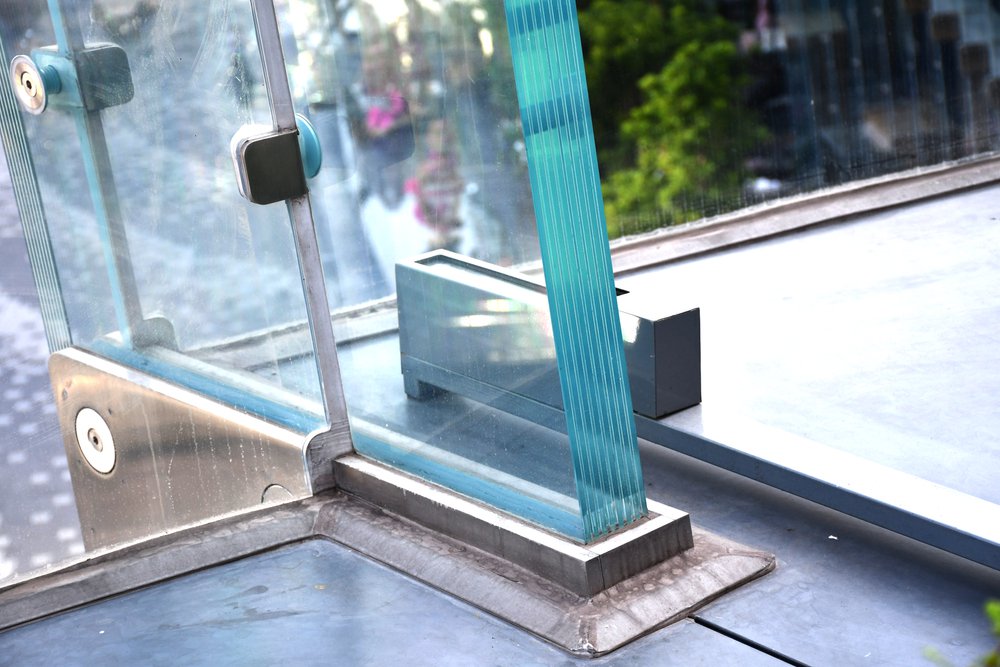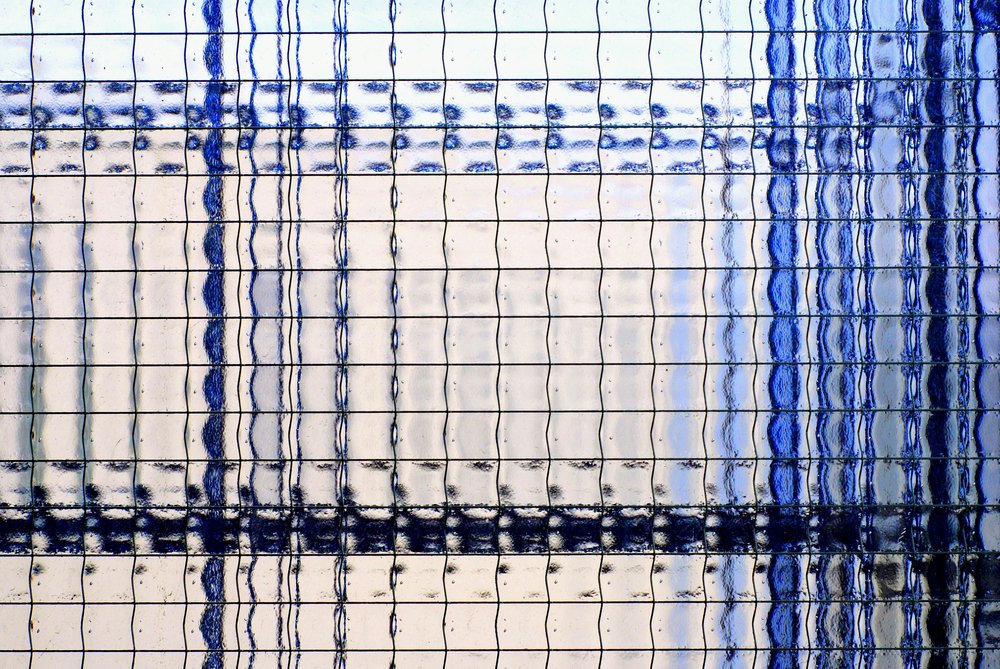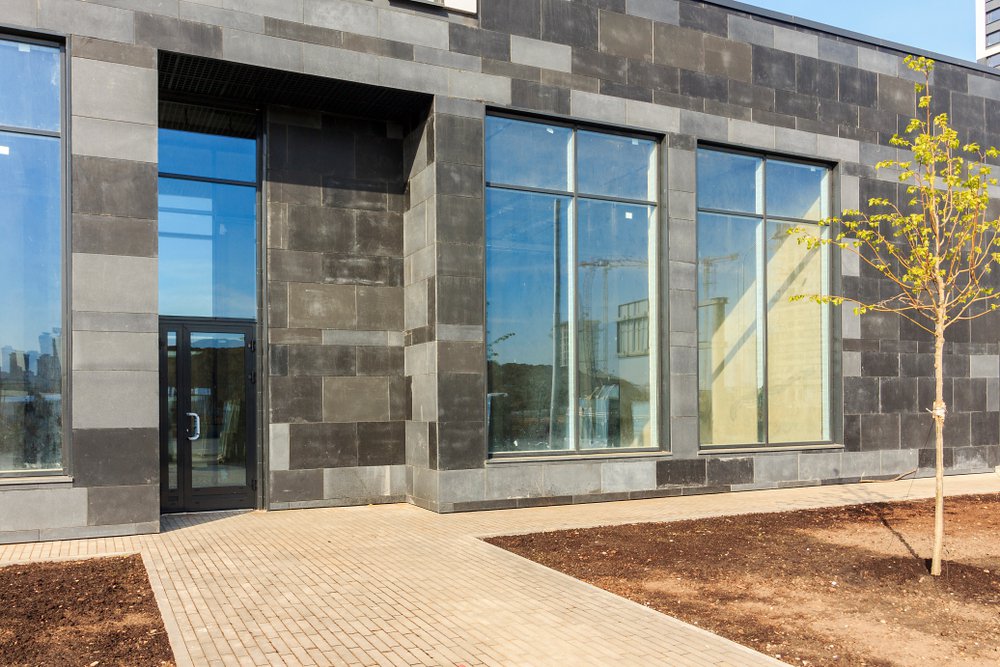Window manufacturing has transformed remarkably from its early days of hand-crafted techniques to today's fully automated processes. This evolution reflects significant advancements in technology and production methods, enhancing efficiency and quality. By examining the journey from manual craftsmanship to high-tech automation, we can appreciate the industry's progress and its future potential.
The Industrial Revolution: A Turning Point for Window Manufacturing
The Industrial Revolution marked a significant turning point for window manufacturing. Mechanization began to replace manual labor, introducing machines that could perform repetitive tasks with greater speed and precision. This shift led to increased production efficiency, allowing manufacturers to produce windows at a much faster rate.
Mechanized processes also brought consistency in quality. Machines could cut glass and assemble frames with exact measurements, reducing the variability inherent in hand-crafted methods. This consistency ensured that each window met specific standards, enhancing overall product reliability.

Furthermore, the Industrial Revolution facilitated the mass production of windows. Factories equipped with advanced machinery could produce large quantities of windows, meeting the growing demand from urbanization and industrialization. This mass production capability also drove down costs, making windows more accessible to a broader market.
In addition, the introduction of steam power and later electricity further revolutionized the industry. These energy sources powered more sophisticated machinery, enabling even greater advancements in production techniques. The combination of mechanization and new energy sources set the stage for the future of automated window manufacturing.
Emergence of Automated Systems: The 20th Century Leap
The 20th century saw the emergence of automated systems in window manufacturing. Computer-controlled machinery began to revolutionize the production process, offering unprecedented precision and efficiency. These technologies significantly reduced human error, ensuring higher quality and consistency in the final products.
Automated cutting machines could slice glass with exact measurements, minimizing waste and maximizing material usage. Assembly lines equipped with robotic arms could handle repetitive tasks, such as fitting glass into frames, with remarkable speed and accuracy. This automation increased production rates and improved safety by reducing the need for manual handling of sharp materials.
Moreover, the integration of software systems allowed for real-time monitoring and adjustments. Manufacturers could track production metrics, identify bottlenecks, and optimize workflows. This data-driven approach enabled continuous improvement, further enhancing efficiency and product quality.
In addition, automated systems facilitated customization. Advanced machinery could be programmed to produce bespoke window designs without sacrificing speed or accuracy. This capability allowed manufacturers to meet diverse customer needs while maintaining high standards of quality and efficiency.
Modern Innovations: Smart Manufacturing and Sustainability
Modern window manufacturing has embraced smart manufacturing techniques and sustainable practices. Advanced technologies like IoT (Internet of Things) and AI (Artificial Intelligence) are now integral to production processes. These innovations enable real-time monitoring, predictive maintenance, and automated quality control, significantly enhancing efficiency.
Smart manufacturing systems collect and analyze data from various stages of production. This data-driven approach allows manufacturers to optimize operations, reduce downtime, and improve product quality. For example, sensors can detect defects early, triggering immediate corrective actions and minimizing waste.
Sustainability has also become a key focus. Manufacturers are adopting eco-friendly materials and energy-efficient processes. For instance, low-emissivity (Low-E) glass coatings improve thermal insulation, reducing energy consumption in buildings. Additionally, recycling initiatives for glass and frame materials help minimize environmental impact.
Furthermore, renewable energy sources are being integrated into manufacturing facilities. Solar panels and wind turbines provide clean energy, reducing reliance on fossil fuels. These sustainable practices benefit the environment and align with the growing consumer demand for eco-friendly products.
Challenges and Opportunities in Today's Window Manufacturing
Today's window manufacturing industry faces several challenges. Supply chain disruptions, exacerbated by global events, have led to material shortages and increased costs. Manufacturers must navigate these issues to maintain production schedules and meet customer demands.
Regulatory changes also pose challenges. Stricter environmental regulations require manufacturers to adopt greener practices and materials. Compliance can be costly and time-consuming, but it also drives innovation in sustainable manufacturing techniques.

Despite these challenges, there are significant opportunities for growth. Advances in smart manufacturing and automation continue to improve efficiency and reduce costs. Companies that invest in these technologies can gain a competitive edge.
The growing demand for energy-efficient and sustainable products also presents new market opportunities. Manufacturers that prioritize eco-friendly practices and materials can attract environmentally conscious consumers. This focus on sustainability meets regulatory requirements and aligns with broader market trends.
Reflecting on the Journey from Craftsmanship to Automation
Reflecting on the journey from craftsmanship to automation, window manufacturing has seen remarkable advancements. Hand-crafted methods gave way to mechanization during the Industrial Revolution, boosting efficiency and consistency. The 20th century introduced automated systems, further revolutionizing production with computer-controlled machinery. Modern innovations like smart manufacturing and sustainable practices continue to push the industry forward. Despite challenges such as supply chain issues and regulatory changes, opportunities for growth and innovation abound. The continuous evolution of window manufacturing promises a future of enhanced efficiency, quality, and sustainability.
Explore the best insulated and flat glass products, visit Insul-Lite Manufacturing™.





